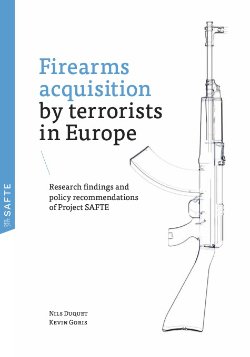By Peter Andrew Gregory
This dissertation analyzes the relationships between four state gun laws—universal background checks, waiting periods, may-issue permitting, and violent misdemeanor prohibitions—and firearm homicide and suicide rates among Blacks and Whites in the United States. Using eighteen years of publicly available data, the study examined relationships employing a generalized difference-in-difference linear regression model with fixed effects for states and years. The results indicate that state gun laws in the United States frequently affect mortality rates among Blacks and Whites in different ways. Waiting periods, for example, are associated with large reductions in firearm homicide rates among Blacks but not Whites; may-issue permitting is associated with moderate reductions in firearm homicide rates among Whites but not among Blacks. The study also identifies several statistically significant interactive effects between gun laws and factors such as poverty, police presence, and the density of federally licensed firearm dealers. The dissertation concludes by discussing the value of these findings for informing both public policy and scholarly research in policy analysis and public administration. Most importantly, I argue that policymakers and gun violence researchers must increase their efforts to frame and analyze gun violence in the United States through the lens of social equity.
Blacksburg, VA: Virginia Polytechnic Institute and State University, 2022, 164p.





















